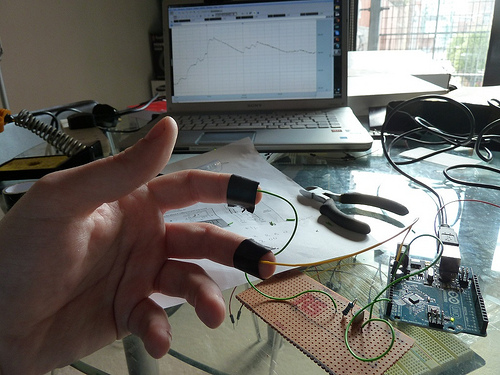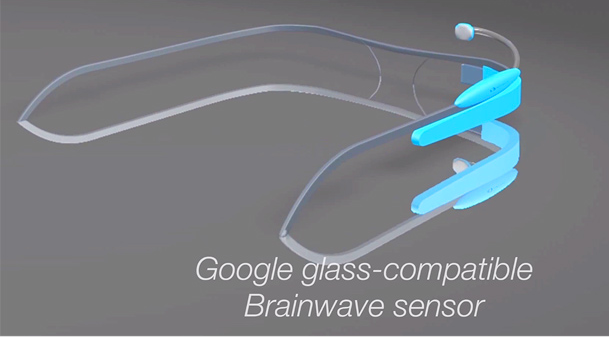![]()
Last week I attended the first international conference on physiological computing held in Lisbon. Before commenting on the conference, it should be noted that I was one of the program co-chairs, so I am not completely objective – but as this was something of a watershed event for research in this area, I didn’t want to let the conference pass without comment on the blog.
The conference lasted for two-and-a-half days and included four keynote speakers. It was a relatively small meeting with respect to the number of delegates – but that is to be expected from a fledgling conference in an area that is somewhat niche with respect to methodology but very broad in terms of potential applications.





